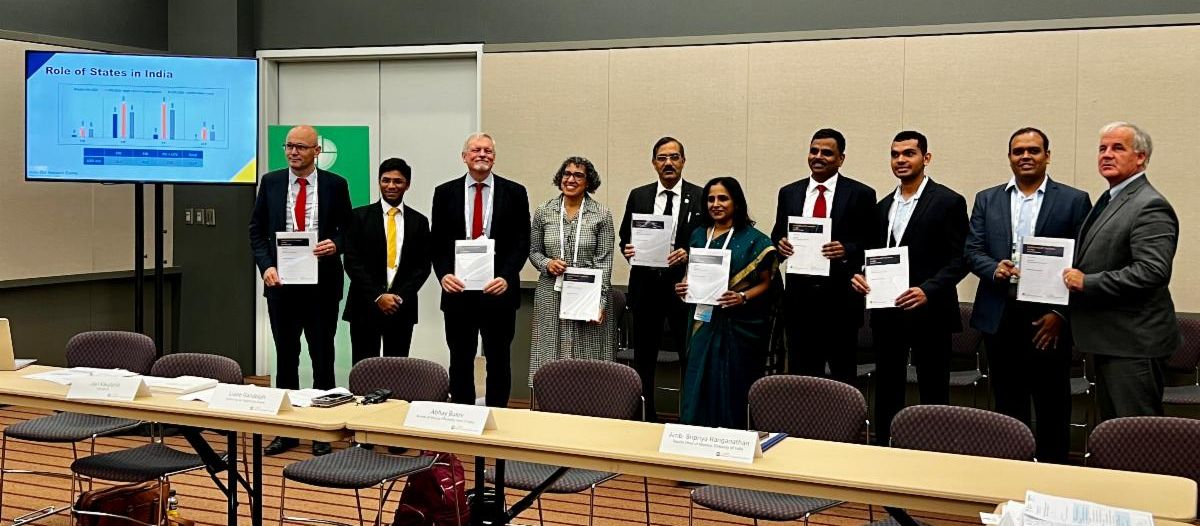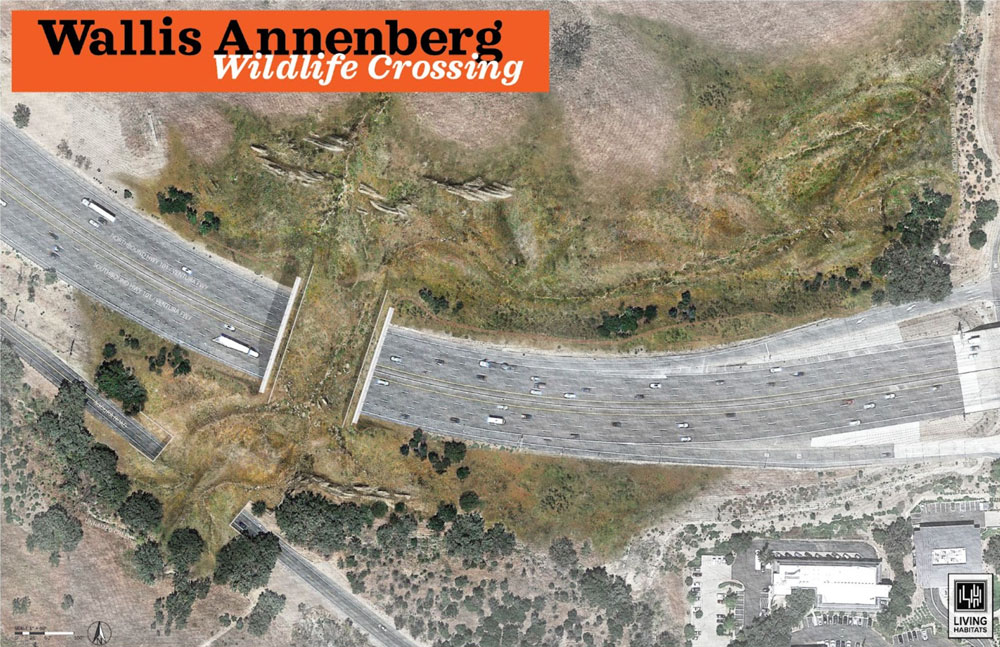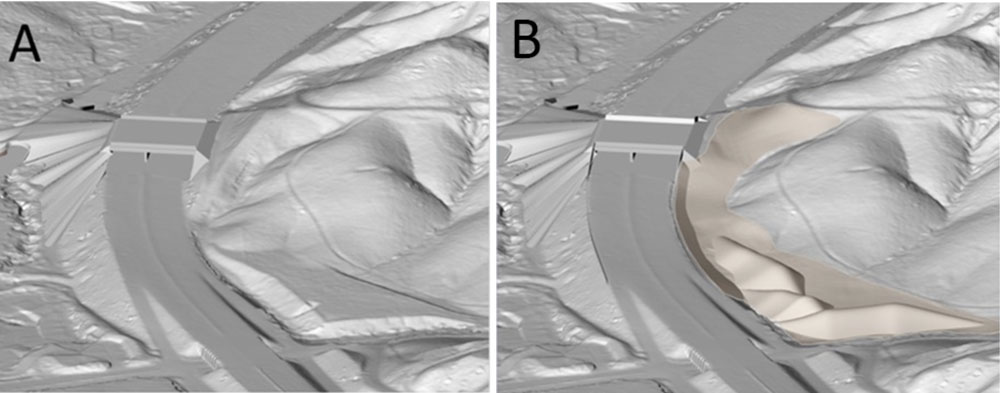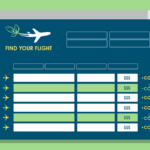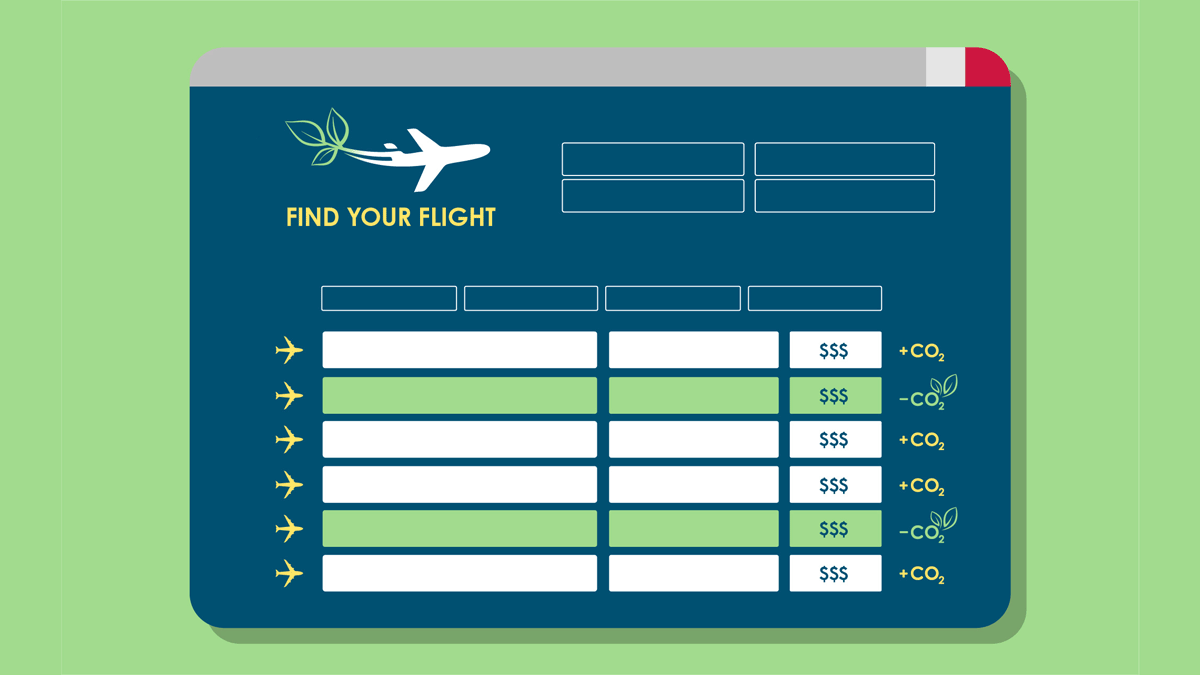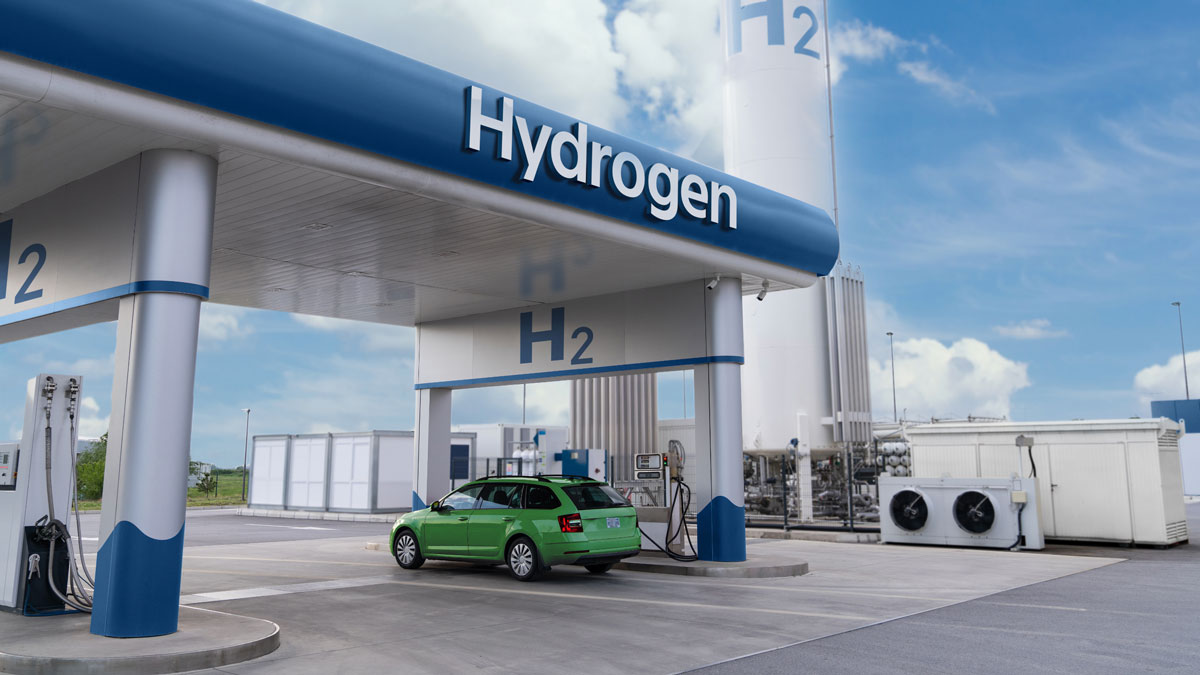
Photo: Adapted from Scharfsinn86 / Adobe Stock.
California is marching ahead with firm rules now in place for both light-duty and medium/heavy-duty vehicles to transition to zero emission stock by 2045. The State is requiring that all new vehicles sold from 2035 onward be “zero-emission vehicles” (ZEVs)—battery electric, plug-in hybrid, or hydrogen-powered fuel-cell vehicles. While battery electric vehicles currently dominate ZEV sales and discussions of the zero-emissions future, fuel-cell vehicles are expected to play a key role, especially in truck and bus fleets and some households. They offer a different set of strengths, such as extended driving ranges, fast refueling, and potentially greater payloads for trucks.
But creating an economically viable hydrogen system and scaling it up to meet 2035 targets will require massive investments over the next decade. While many initial investments have been made, there is no clear overarching strategy for what a full hydrogen system and supply chain infrastructure might look like in 5, 10, or 20 years. Some kind of system will be needed, given the projected needs of various sectors (transportation, industry, and buildings) and the need for low-cost renewable hydrogen to contribute to the goal of carbon neutrality by 2045 in California. Acknowledging the urgency of the moment, the state recently formed the ARCHES partnership to develop this system further.
For the past two years, a team at UC Davis has been working on the California Hydrogen Analysis Project to investigate potential future hydrogen systems and to assist in planning them through modeling. The current results of the project are described in detail in our full report. We modeled potential demands for hydrogen across sectors (with a focus on transportation), potential types and locations of hydrogen supply, and how hydrogen could be moved and stored between supply and demand locationss. We also analyzed the transportation sector, the electricity sector, and supply chains from production to end-use.
Our study has many findings across the various hydrogen sectors. Here are a few of the key findings and related policy recommendations.
Key findings
- Transportation can lead hydrogen developments. California’s hydrogen system will need to be driven by growth in hydrogen demand from various end uses, and this growth can be led by transportation (especially by medium/heavy-duty road vehicles). By 2030 we estimate that road transportation, if properly incentivized, could create a hydrogen demand on the order of 500 metric tons per day. This should be sufficient to support development of a hydrogen production and distribution system that would be large enough to benefit from economies of scale.
- Transportation is scalable. Rapid and incremental sales and adoption of light-duty and medium/heavy-duty fuel-cell vehicles, fostered by supply and demand-based incentives, can be supported by parallel growth of infrastructure to produce and distribute hydrogen. The decentralized nature of a transportation-focused approach can help to develop a regional hydrogen production/distribution network that can then be scaled with more stations and eventually other “offtakers”—i.e., end-users who contract to purchase hydrogen fuel when produced.
- Strong early investment is needed. In the early years of developing hydrogen systems for transportation, many refueling stations will be needed to ensure adequate coverage so drivers can reliably find fuel as they travel. This can mean generally low utilization of stations and challenging station economics that may require policies to ensure profitability. The Low Carbon Fuel Standard (LCFS) credit systems, the Inflation Reduction Act (IRA) renewable hydrogen production cost credit, and other incentives can help. But the most important solution is to support investments in areas such as refueling stations and fleet vehicle purchases, which will quickly increase transportation demand.
- On-going rapid scale-up should occur after 2030. Then, with lower hydrogen costs and prices available, the market should be able to further scale in a profitable manner to reach much higher fuel-cell vehicle shares and hydrogen demand. If fuel-cell vehicles succeed in growing to about 10% of light-duty vehicle shares and 25% of truck shares by 2045, hydrogen demand could be 10 times higher than in 2030, and refueling station numbers could eventually reach many hundreds or even thousands in California, depending on average station sizes.
- Liquid hydrogen may play an important role. Currently all hydrogen is produced, stored, and moved as a compressed gas; but cryogenic liquid hydrogen may play an important role, especially for refueling large, long-haul trucks. Liquid hydrogen production/storage/station systems have significant advantages given their fuel density and potential for faster dispensing (even into gaseous storage on vehicles), particularly for vehicles, such as heavy-duty trucks, with a lot of hydrogen storage.
Policy Recommendations
The analysis has led to a wide range of findings and conclusions. Some of the most important are policy recommendations for the California Energy Commission and other agencies and stakeholders to consider. These include:
- Set a new vision for 2030/2035. Work with other agencies and ARCHES to create a clearer vision for the fuel-cell vehicle and hydrogen market in California for the 2030-2035 timeframe, with specific targets for vehicles, fuel, and infrastructure. Align investments in all areas to grow all elements of the system in parallel.
- Create new fuel-cell vehicle support systems. For example, the state should link incentives and rebates for fuel-cell vehicle purchases to their incremental costs over diesel vehicles, at least for the next 5 years, until market scale can be achieved. This could also be adopted for battery electric vehicles, to keep the system technology-neutral.
- Build more and larger stations oriented to heavy-duty vehicles. The state should fund a minimum hydrogen station infrastructure to 2030 with increased emphasis on heavy-duty trucks and some stations (such as highway rest stops) that can provide for both light-duty vehicles and all types of trucks. For heavy-duty trucks, at least 50 high-volume stations (each with a capacity of around 10 tons/day) will be needed by 2030 to support a system of several thousand trucks. Larger and potentially more profitable stations are also needed. Defining these levels is key. The ARCHES partnership is developing targets and specific roll-out plans that state agencies should coordinate with and build upon.
- Find Champion Fleets. Within the Advanced Clean Fleets policy system, find champion fleets to help support major uptake of specific numbers and types of trucks to ensure demand that aligns with a roll-out of hydrogen stations and supply growth to serve these vehicles.
- Create a data/tracking system for fuel-cell vehicles and hydrogen systems as they develop and grow, to ensure that investments are aligned and the system is functioning as planned for all stakeholders. This system must be kept up to date with annual statistics on numbers and types of vehicles, their usage and performance, refueling infrastructure characteristics and performance, and a range of other information considered important to fleets and policy makers. This database should be publicly available and well supported by the state.
In summary, a hydrogen production and distribution system that serves the growth of fuel-cell vehicles and other end-uses in California will be key to slowing climate change. It should be both feasible and eventually cost-effective, but navigating growth over the next few years will be key. We will continue our research to support planning and informed policymaking.
———–
For more the full report that this blog is based on and information on the ongoing hydrogen research at ITS-Davis, click here and here.
Lew Fulton is the Director of Sustainable Transportation Energy Pathways Plus.
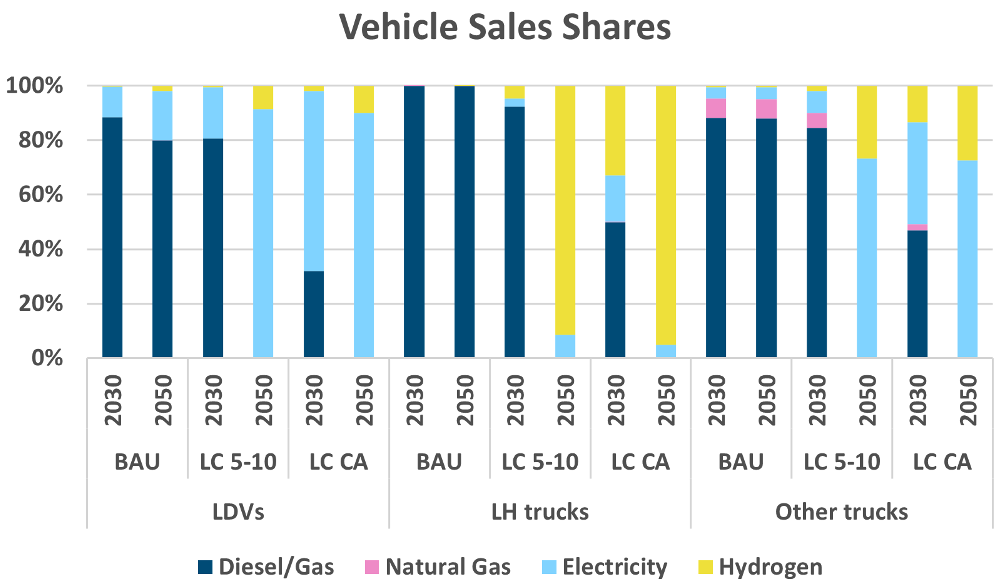
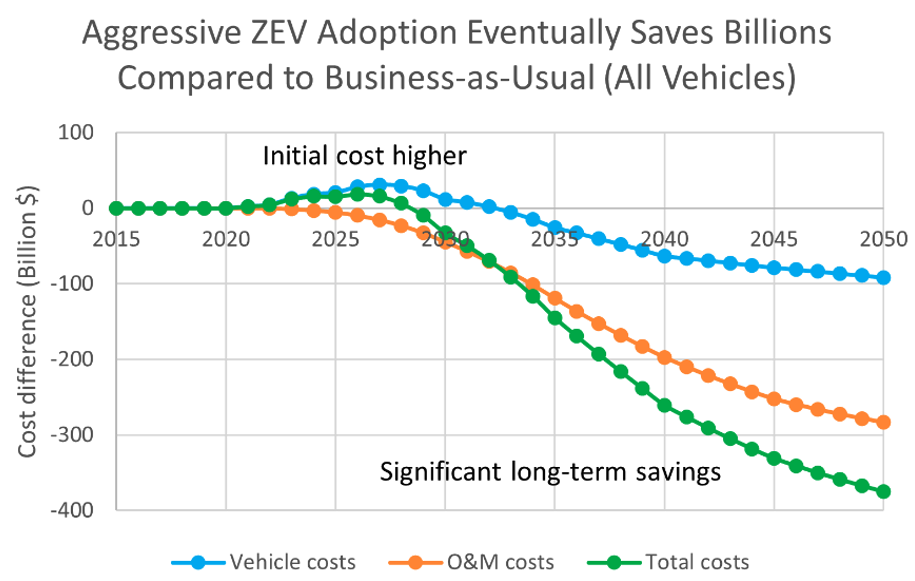
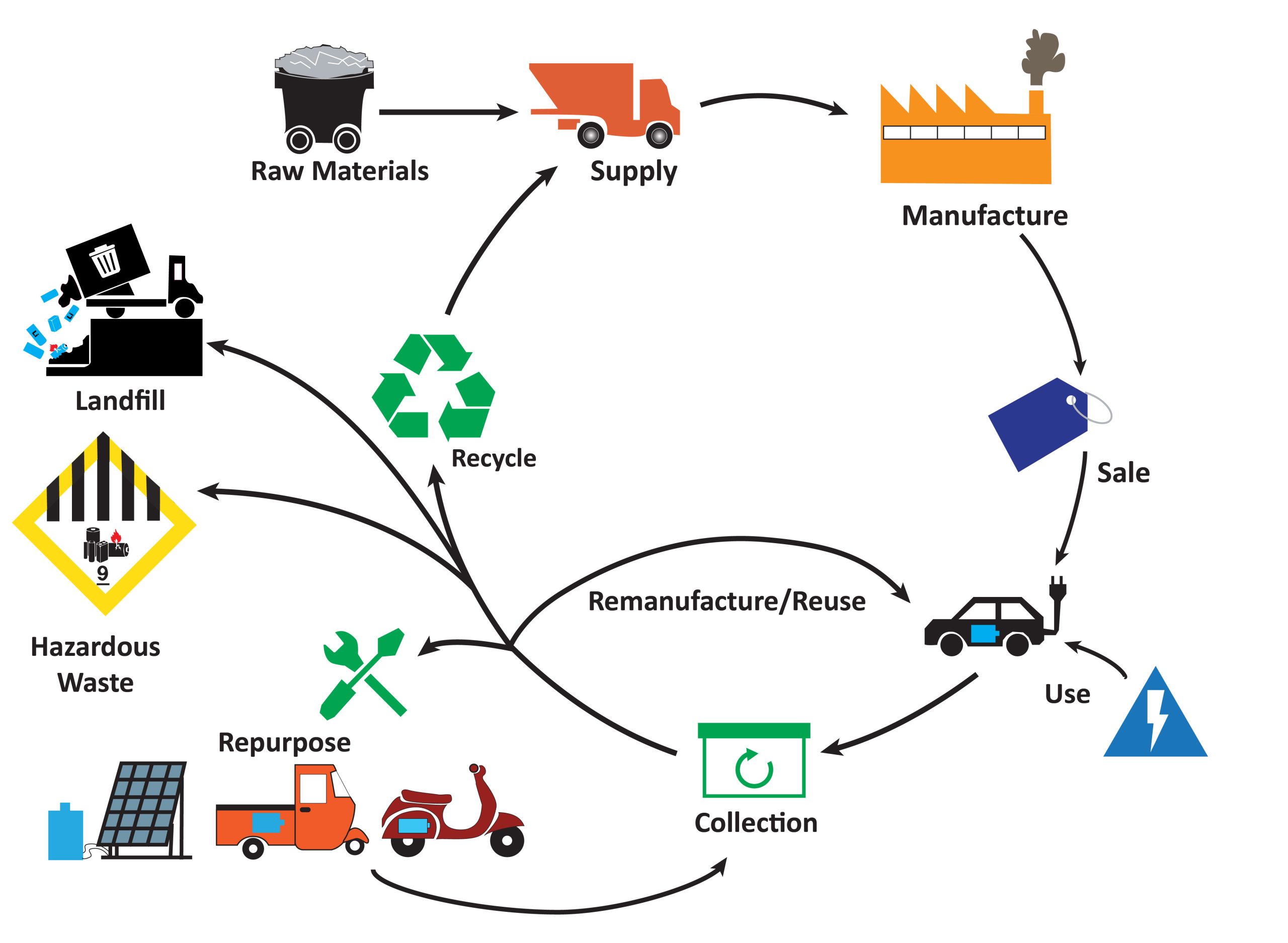
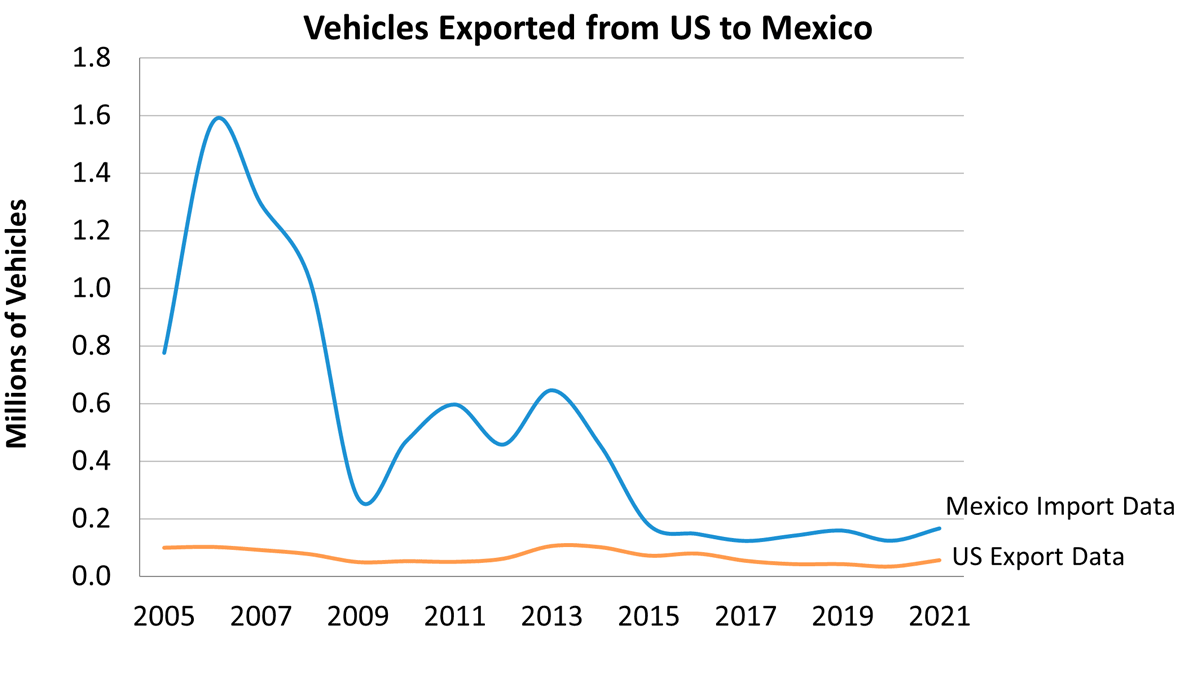
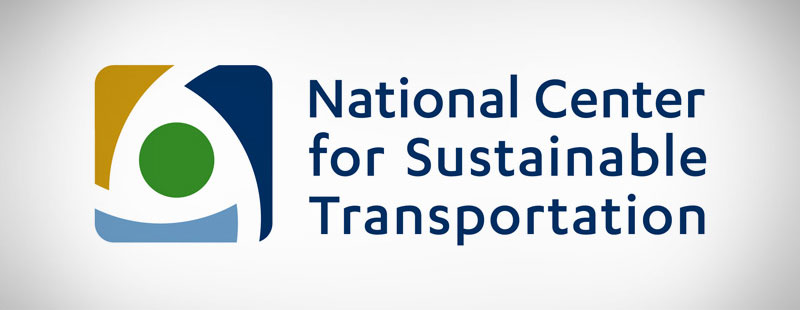
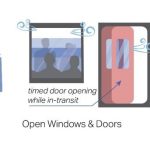

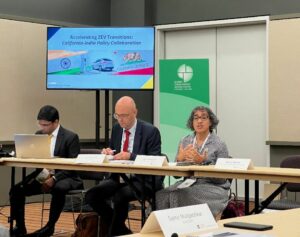 Pittsburgh, Pennsylvania – At the 13th Clean Energy Ministerial and Global Clean Energy Action Forum held in Pittsburgh, Pennsylvania from 21-23 September 2022, ITS-Davis announced the establishment of a new California-India partnership which aims to advance the research and policy implementation focus of transportation decarbonization efforts in India and California, providing an opportunity to engage policymakers globally in well-orchestrated efforts.
Pittsburgh, Pennsylvania – At the 13th Clean Energy Ministerial and Global Clean Energy Action Forum held in Pittsburgh, Pennsylvania from 21-23 September 2022, ITS-Davis announced the establishment of a new California-India partnership which aims to advance the research and policy implementation focus of transportation decarbonization efforts in India and California, providing an opportunity to engage policymakers globally in well-orchestrated efforts.